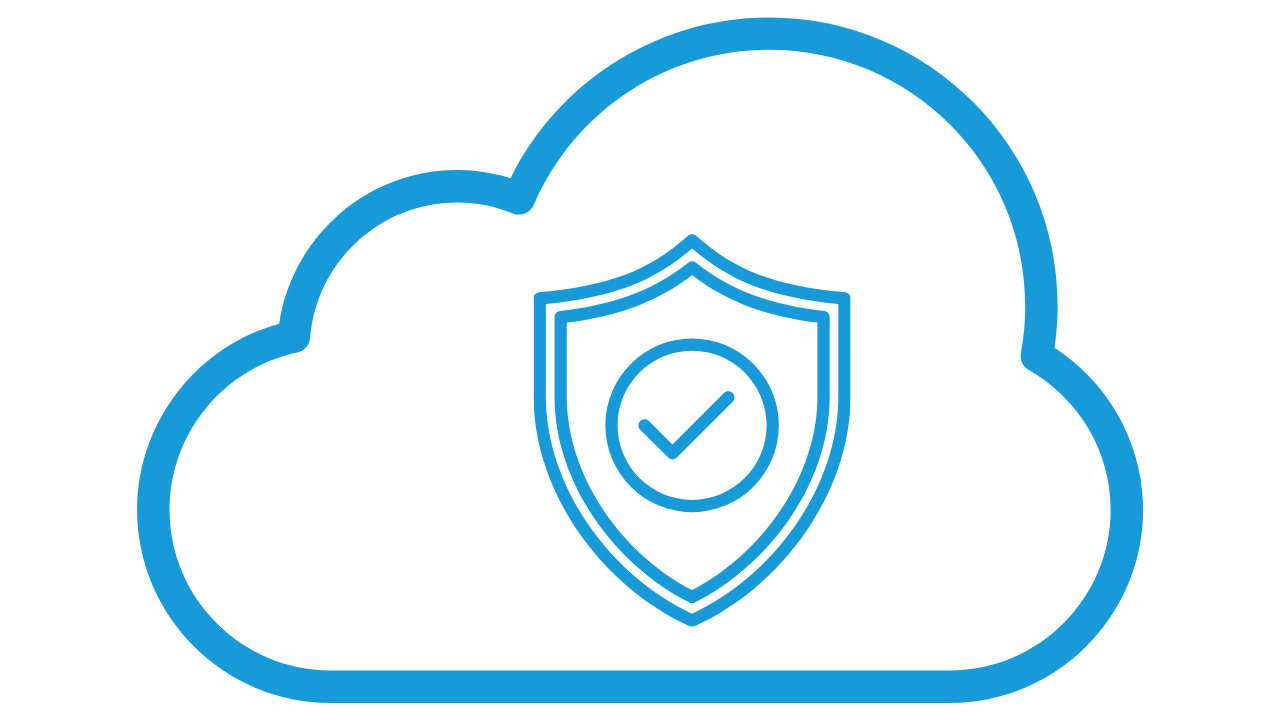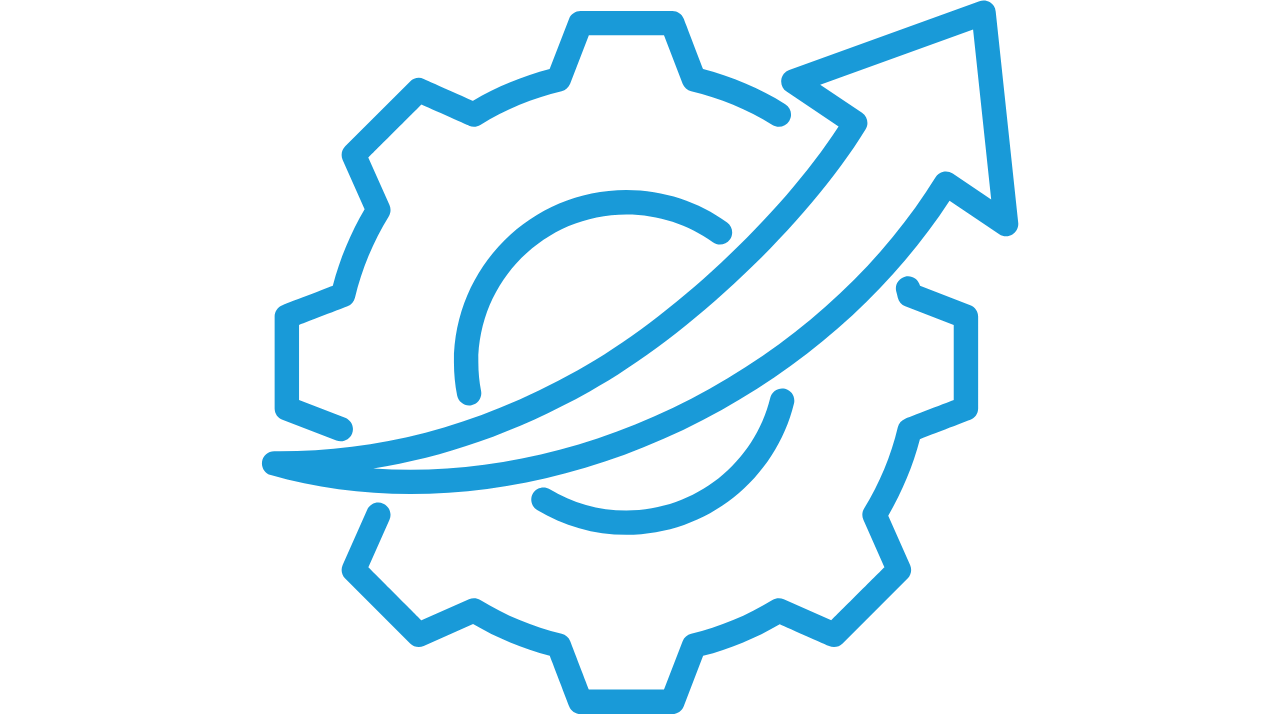How Do AWS and AWS Well-Architected Review Support the Adoption of DevOps Philosophy? We Explain!
How AWS Migration Lens Facilitates and Streamlines Cloud Migration
Migrating from on-premises infrastructure to Amazon Web Services (AWS) is a major first step in your cloud journey. It shapes the future benefits and highlights the advantages of cloud solutions. However, to ensure a successful migration, certain principles outlined in the Migration Lens should be followed.
Migration is a strategic step that can bring numerous benefits, supporting further growth and efficiency within the organization. It is a period of maximum flexibility, allowing you to design and implement key technological and architectural solutions that lay the foundation for the future development of both the infrastructure and the product itself. The creators of cloud solutions recognize how crucial this step is, which is why AWS specialists have developed the AWS Migration Lens—a set of best practices operating within the AWS Well-Architected Review.
The AWS Well-Architected Review (WAR) is a tool that helps organizations assess their cloud environments in areas such as security, reliability, performance, and cost-efficiency. The goal is to improve the functioning of cloud-based systems and better manage workloads. AWS Lenses are extensions of the Well-Architected Framework that provide case-specific recommendations, metrics, and questions to evaluate cloud architecture.
Phases of Cloud Migration
The migration process from on-premises solutions to the cloud can be divided into three main phases: assess, mobilize, and migrate & modernize. Here’s a breakdown of each phase:
- Assess Phase
The first phase, known as the assess phase, involves gathering data on server configuration, usage, and workloads to evaluate the benefits, risks, and costs of migration. Proper preparation is crucial to avoid errors in the later stages of transferring resources to the cloud.
- Mobilize Phase
The mobilize phase focuses on developing key skills within the organization and on the AWS platform, with an emphasis on security and automation. The result is a flexible infrastructure, with activities that include selecting applications for migration, defining migration strategies, and building a team of specialists to manage the process.
- Migrate and Modernize Phase
The final phase involves migrating all identified workloads and modernizing applications to adapt them to the cloud environment. Applications are often enhanced to better leverage cloud benefits such as automation and scalability.
Key Pillars of the AWS Well-Architected Migration Lens
To facilitate and streamline the migration process, the AWS Well-Architected Tool (along with Migration Lens) defines six main pillars. The goal is to provide best practices in each category during all three migration stages. What best practices have the experts prepared for us?
Pillar of Operational Excellence
 Achieving operational excellence in cloud migration requires addressing certain key aspects across all three phases, such as skills, resources, and operational requirements of the target environment. A proactive approach reduces the risk of delays and operational issues post-migration.
Achieving operational excellence in cloud migration requires addressing certain key aspects across all three phases, such as skills, resources, and operational requirements of the target environment. A proactive approach reduces the risk of delays and operational issues post-migration.
In the first phase, it is essential to identify available data within the environment, which will help in discovering and mapping servers, applications, and system dependencies. This allows for more precise migration planning. Potential unknown factors, such as overlooked network requirements, should also be considered. Furthermore, migration drivers, such as the need to move away from aging data centers, improve operational resilience, or reduce costs, significantly impact time, expenses and risk.
During the second phase (mobilize), training plans should be implemented, bandwidth for parallel migration ensured, and an operational strategy defined. This includes resource allocation, security, and cost management. It’s important to define KPIs aligned with business objectives, such as operational stability, SLA comparison, and downtime frequency. Analyzing training needs and properly preparing teams by dividing them into levels is crucial to ensuring that the required skills are available from day one post-migration.
The migration phase requires an effective testing strategy, including rigorous workload checks in AWS. For rehost strategies, the focus of testing should be on infrastructure changes, particularly the network, which can impact latency and connectivity with other systems. New control mechanisms, such as firewall rules, can also affect performance. It is important to test transactions exposed to network changes from various user types. Pre- and post-migration performance tests should be conducted using the same tools to ensure comparable results.
Pillar of Security
The security pillar focuses on protecting information, systems and resources by leveraging cloud technologies and the shared responsibility model. AWS provides an infrastructure that meets the highest security standards, addressing the needs of even the most sensitive organizations.
During the assess phase, a security review of “Discovery” tools used to assess on-premises resources is essential to ensure they do not introduce vulnerabilities and comply with security and compliance standards. Discovery tools, whether agent-based or agentless, collect data such as server names, IP addresses, and resource usage, and their security controls for encrypting data in transit and at rest must comply with organizational policies. Organizations should assess the risk profile of the tool, its data collection methods, storage practices, and ensure the principle of least privilege is applied. AWS customers are responsible for adhering to applicable laws and regulations.
In the mobilize phase, it is critical to secure authentication and authorization systems for the workloads being migrated and align the AWS environment with security best practices. Root user credentials should be protected and only used when necessary. Strong privileged access management (PAM) should be implemented for mission-critical applications, such as monitoring and managing elevated access.
Depending on compliance requirements, it may be necessary to restrict privileged access to specific resources or time frames. Moreover, using multiple AWS accounts can help meet governance and security requirements. Throughout the migration process, security must remain a priority. Encrypted data transfers using tools with TLS encryption, such as AWS DataSync and AWS Database Migration Service, should be employed.
Additionally, data integrity verification through cryptographic hashes or checksums should be performed to detect unauthorized changes during transit. AWS provides numerous security-related tools—security event logs can be stored in compliance with governance and regulatory standards, facilitated by AWS CloudTrail. Automating event investigation helps reduce human error, speeds up response time, and increases scalability—AWS GuardDuty and AWS Security Hub assist in this effort.
Pillar of Reliability

The pillar of reliability refers to the system’s ability to perform its functions correctly and consistently. During the assess phase, it is important to evaluate the specific needs of the application to determine various availability requirements.
Key procedures should be developed, documented, and tested to minimize disruptions to workloads, such as during incidents. Before migration, it is worth considering whether switching to monitoring tools like Amazon CloudWatch and AWS Systems Manager could reduce operational and licensing costs.
The mobilize phase involves preparing resources and tools for migration and training the team to handle it. A contingency plan should also be developed to address unexpected situations. Additionally, migrations may introduce new resources, which can impact service limits. It’s important to monitor these limits as they may slow down the migration process.
During migration, testing should be conducted to ensure the workload meets all requirements before and after migration. It’s also important to review and adjust the existing reliability elements within the new cloud environment.
Pillar of Performance Efficiency
 The main goal of the performance efficiency pillar is to optimize the use of resources to meet requirements while ensuring sufficient computing power as demand changes and technology advances.
The main goal of the performance efficiency pillar is to optimize the use of resources to meet requirements while ensuring sufficient computing power as demand changes and technology advances.
During the assess phase, it is crucial to examine performance requirements and ensure the available platforms meet those needs. This process should begin with a detailed assessment of current systems, their interdependencies, configurations, and resource demands. Attention should be paid to legacy operating systems and hardware that may be incompatible. It may be necessary to use IT resource analysis tools. Based on the data collected, a migration plan should be created with clearly defined goals and a timeline.
In the mobilize phase, the components of the workloads being migrated should be thoroughly analyzed, and optimal solutions that meet business requirements should be chosen. It’s also important to identify key CloudWatch metrics for monitoring and detecting performance issues. The choice of cloud infrastructure should consider future scaling of workloads without negatively affecting performance.
During migration, workload performance should be regularly compared against established KPIs and performance tests. Monitoring workloads and generating alerts when thresholds are exceeded is essential. Before the final switchover to the new environment, load testing and acceptance testing should be conducted, and reviews should be carried out for each iteration of migrated workloads.
Pillar of Cost Optimization
 The cost optimization pillar focuses on continuously improving the cloud infrastructure to minimize costs without impacting performance and capabilities.
The cost optimization pillar focuses on continuously improving the cloud infrastructure to minimize costs without impacting performance and capabilities.
In the assess phase, cost efficiency is the top priority. This involves a detailed analysis of the existing infrastructure and application dependencies. Data should be collected on resource usage, such as CPU, memory, and storage, at regular intervals to understand the minimum, average, and maximum load—preferably over a two-week period.
In the mobilize phase, a plan for optimizing resource usage and cost management should be developed. Automation tools can be used to simplify the migration process, and replication servers should be chosen to avoid bottlenecks and over-allocation of resources. AWS offers tools for monitoring and controlling cloud costs, which help manage expenses more effectively. It is also important to develop a strategy for monitoring, analyzing, and managing costs during the migration to AWS. Cost optimization doesn’t end after migration. Ongoing resource management and regular optimization are necessary.
A strategy for cost measurement and reporting should be established. AWS Budgets can help set budgets that trigger alerts when planned expenses are exceeded, and cost anomaly detection in the cost explorer allows for better control of fees. AWS also offers various options for scaling and managing instances, allowing for further cost optimization while maintaining performance.
Pillar of Sustainability
 Sustainability is an increasingly common motivation for migrating to the cloud. Customers who choose AWS can reduce carbon emissions by using renewable energy sources and benefiting from economies of scale.
Sustainability is an increasingly common motivation for migrating to the cloud. Customers who choose AWS can reduce carbon emissions by using renewable energy sources and benefiting from economies of scale.
During the assess phase, the potential reduction in emissions can be estimated by comparing the current emissions generated by on-premises infrastructure with the emissions of workloads in AWS. It’s important to select a migration region carefully, considering regulations, costs, performance, and environmental goals.
During the migration planning phase, performance matrices for key workloads should be created based on the assessments conducted. It’s also worth focusing on optimal resource utilization and including sustainability metrics in application analyses.
During the migration phase, it is recommended to adopt practices that minimize temporary resource usage, such as optimizing data storage systems and avoiding selecting overly powerful instances or resources. The migration process itself will generate increased emissions, so techniques to reduce this impact should be employed—such as minimizing the number of resources deployed.It is also possible to use shared storage solutions, allowing data to be shared without duplication—some migration tools, like AWS MGN, allow resources to be shared automatically.
Conclusion
As we can see, the process of migrating workloads to the cloud is complex but vital, as it lays the groundwork for future expansion and growth. The AWS Well-Architected Review and Migration Lens provide not only best practices and guidelines but also systematize and standardize the entire process. Utilizing the AWS Well-Architected Tool is an excellent way to ensure that migration proceeds according to best practices and recommendations.
Need more information on the AWS Well-Architected Framework? Or looking to plan a successful migration to the cloud? Contact our experts at contact@lcloud.pl and schedule your migration to AWS!
